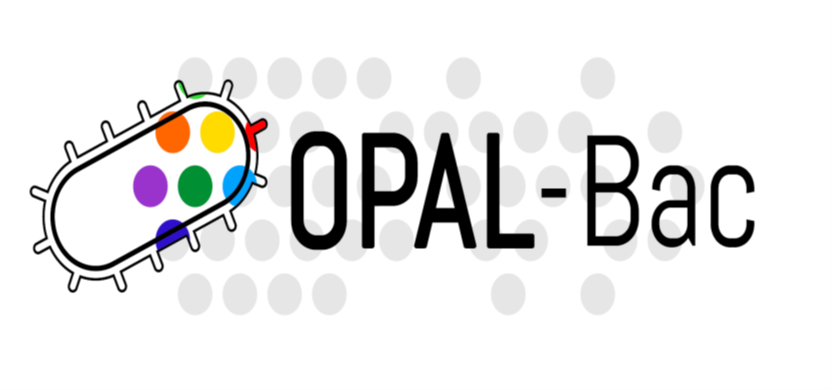The field of tunable colloidal crystal structures and elastomeric opal films based on stimuli-responsive polymeric core-shell architectures has sparked great interest among researchers over the last decades as optical sensors or membranes. The project
OPAL-Bac aims to develop stimuli-responsive soft particle architectures featuring a biocompatible shell for immobilization and scaffolding bacteria. This would enable the preparation of a direct optical and highly sensitive readout signal in response to pH changes or redox-potential changes induced by bacterial metabolites. The particle-based materials can be processed via microextrusion, followed by opal film preparation via the application of the melt-shear organization technique.
By this approach, a colloidal crystal lattice surrounded by an elastomeric shell matrix will be formed, resulting in iridescent reflection colors according to Bragg’s law of diffraction. The bacteria will be implemented within the soft shell material, forming a bacteria-responsive free-standing opaline film. Bacteria or bacterial spores are selected based on their capability to change the pH value or redox potential through their metabolites in their local environment for direct communication with the opaline structure, leading to a change of optical properties.

Team
Principle Investigator
Head, Organic Macromolecular Chemistry
Saarland University
PhD Student
Organic Macromolecular Chemistry
Saarland University
Principle Investigator
Head, Biopharmaceutics and Pharmaceutical Technology
Saarland University



